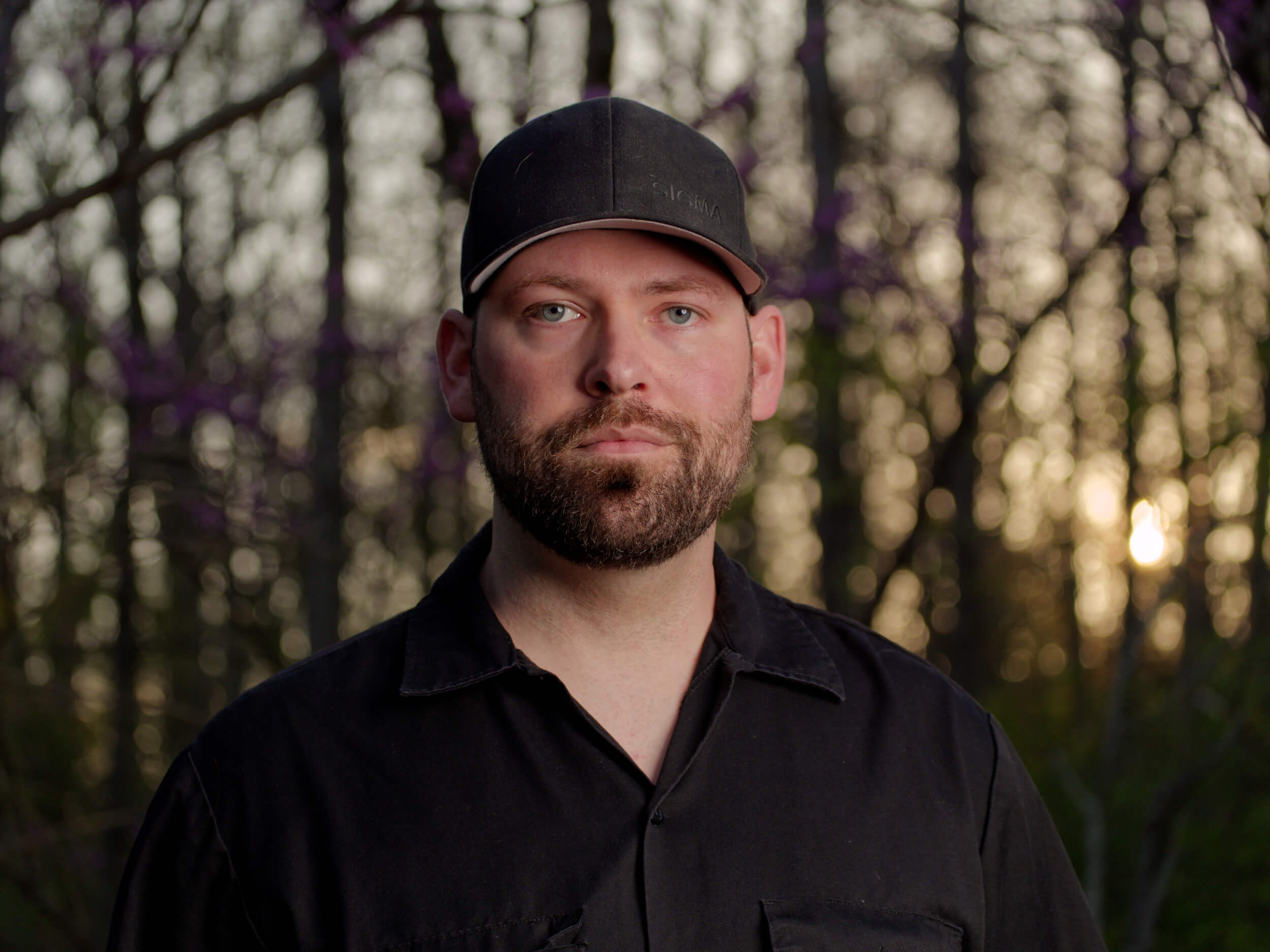When I’m not writing for Photofocus, I spend a lot of time working in a photo lab. I’ve scanned negatives older than my grandpa. Slides from the Korean War have made their way across my scanner. I have seen ancient negatives that scan like they were shot yesterday and I’ve seen some that look like a moldy science project. How you store negatives can make all the difference.
A great thing about film is that you always have a physical backup of your photos. That is, providing that your negatives stay in good shape. Film is a material that can age and weather. Modern films are luckily engineered to be archival and simple storage habits can take you a long way in preserving your photos. So let’s dive into methods of how to store negatives properly.
Store your negatives in sleeves
One of the most important elements in preserving film is protecting it. Scratches, mold, fungus, and other issues can ruin precious memories. If you store your negatives in sleeves, that’s the first step in preventing these problems.
Some labs still return negatives in cheap plastic sleeves. I’ve seen these start disintegrating over time and sticking all over the negatives. Paper envelopes fair slightly better, however, negatives can chafe against each other and cause scratches when they’re not separated.
Archival sleeves are much better to store negatives in long term. I’ve personally used Print File archival sleeves for most of my film. Archival sleeves are manufactured from materials that won’t fade or affect negatives. They also can be helpful to prevent film from curling. They make organization easier, as they can be labeled and filed away in a binder.
As a side benefit, if you get into darkroom printing, the Print File sleeves are suitable for making 8×10 contact sheets as well. They also make them in a pocket style for mounted slides.
Consider where you store negatives
Now that you have your negatives stored in proper sleeves, what’s next? There are a few environmental factors that can antagonize your film. Heat is one of film’s worst enemies. Store your negatives in a temperature-controlled part of your house. The cooler the better. Avoid areas near windows and direct sunlight. My storage spot of choice is a closet shelf in a basement bedroom.
Humidity is another factor to consider when you store your negatives. Too low for too long when combined with heat can cause negatives to become brittle and frail. Too much humidity can foster the growth of mold and/or fungus.
Again, a temperature-controlled room in a house is typically well suited for the task. After seeing negatives stored in unfinished basements and attics, I can attest to those being about the worst choice in places.
Don’t write off digital storage
While it’s hard to beat having actual negatives, digital storage can be an additional piece of mind. In the event that something happens to your negatives, having a copy backed up digitally could be huge. The obvious method is to scan your negatives and store them on drives and in cloud storage. However, there’s one way to make that even better.
I’ve been trying out Silverfast 9 scanning software and it offers some benefits for storing negatives digitally. Silverfast allows you to scan into RAW files, effectively giving you a one-to-one copy of each photo digitally. This is archival scanning at its finest. Having a RAW scan allows you to go back to it time and time again and even process it differently if need be.
In the end, it’s up to you
Of course, doing all of these things would be the ultimate solution. Having well-preserved negatives is hard to beat. Having those as well as RAW scans backed up to the cloud and a RAID setup would satisfy the biggest worry wort out there.
In the end, it’s down to your budget, time, and risk tolerance. Myself, I’d love to have a RAID system as I shoot a fair bit of digital and video as well. However, it just isn’t financially viable currently. I make sure my negatives are physically stored well and my RAW scans are backed up to the cloud. That is an obtainable solution that should work well for most.



















„Silverfast allows you to scan into RAW files, effectively giving you a one-to-one copy of each photo digitally. This is archival scanning at its finest.“
Well, creating a RAW file doesn’t produce an archival scan as long as you don’t have a professional scanner.
That’s sort of fair, but also should be pretty obvious/implied. Works great with my Epson V550 for medium format, but I’d consider that an adequate scanner, and not a professional one. I would still call the scans from it archival. It may not produce the sharpest results, but the raw scan still acts as an original negative/slide that can be stored for later use or alteration. The Plustek I have for 35mm scanning outputs pro level scans, however. I’m quite happy using the Silverfast Raw workflow with both models of scanner. However, I certainly wouldn’t use the Epson for 35mm… Read more »